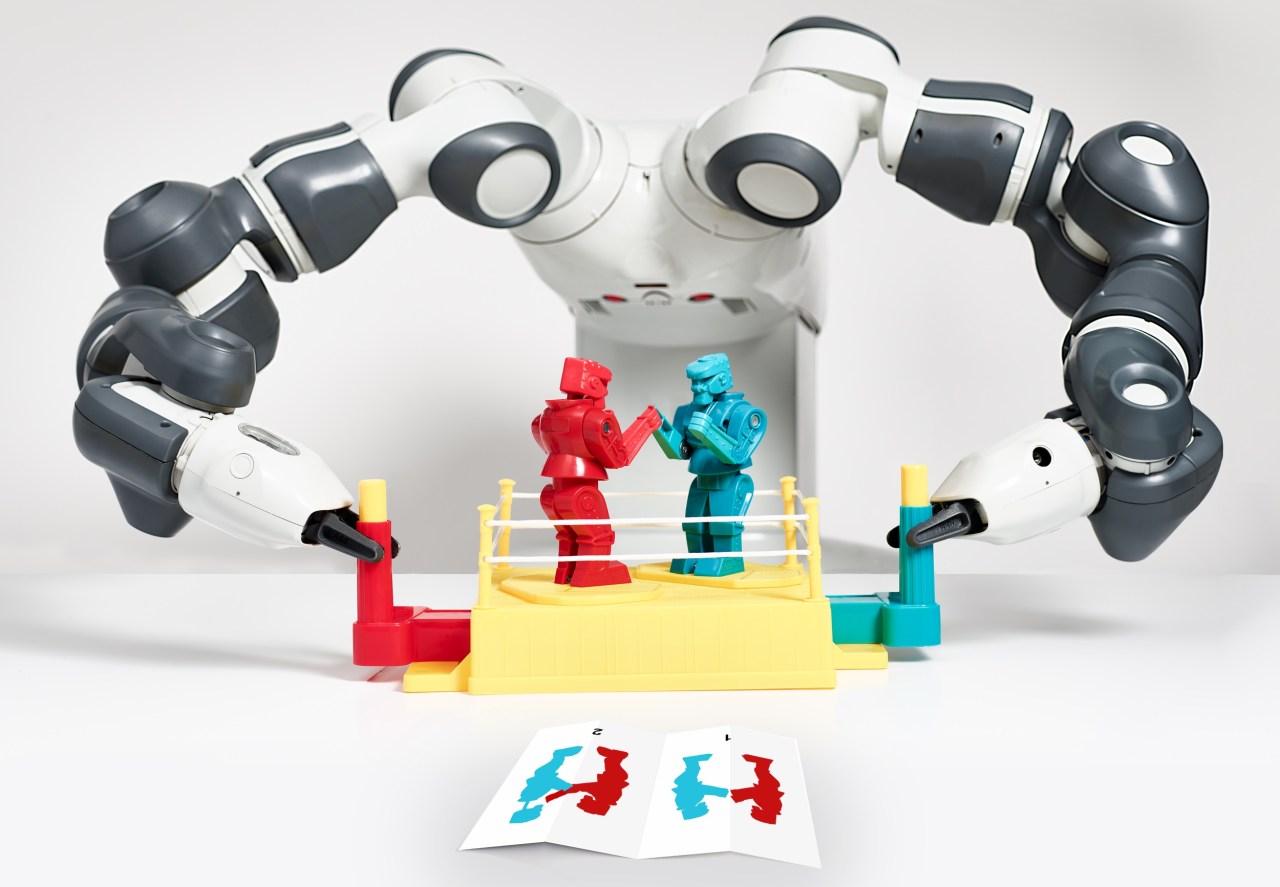As the landscape of robotics continues to shift rapidly, we’re not just witnessing the development of machines that can carry out pre-defined tasks; we’re seeing the dawn of a new era where robots are beginning to exhibit sophisticated levels of adaptability. Recent advancements have highlighted how robots are learning to approach challenges that require mental flexibility rather than mere physical prowess. From mastering object manipulation to recovering from falls and interpreting visual instructions, today’s robots are paving the way for a future where they operate with enhanced autonomy and ingenuity.
Flexibility in Action: The Art of Choosing the Right Tool
Imagine a busy warehouse setting where efficiency means everything. In such environments, choosing the right tool for the job is paramount. Humans excel in this area, utilizing our hands to deftly select the appropriate gripping method depending on the object we’re handling. However, traditional robots have struggled due to their limited understanding of textures, shapes, and weights. Thankfully, groundbreaking solutions are emerging.
Researchers at Berkeley have pioneered a system that utilizes deep learning to classify various objects based on their grabbing potential. By employing a dual grip capability—an ordinary pincer grip alongside a suction cup—the robot can dynamically determine which tool suits each task. Thanks to the analysis of millions of data points, these robots exhibit remarkably high reliability, even when faced with unfamiliar items piled together. This capability is not just impressive; it’s essential for roles like warehouse picking, where their versatility can vastly improve operational efficiency.
- Neural Networks: The technology relies on complex neural networks that, despite their ‘black box’ nature, allow for fast adaptations based on empirical observations.
- Next Steps: The team is now focused on enhancing speed to make these decisions even faster, a step that promises to further boost their efficacy.
The Evolution of Mobility: Robots That Get Back Up
Robots that can confidently navigate rough terrains are becoming increasingly common. Yet, when it comes to recovery from falls, many quadrupedal robots encounter severe limitations. Enter ANYmal, designed by ETH Zurich, which boasts an innovative leg configuration, allowing it more degrees of freedom. But what truly sets it apart is its ability to learn through simulation.
By simulating thousands of scenarios, the researchers equipped ANYmal with a unique technique for getting back on its feet from various fall positions. This method demonstrates that through trial and error in a controlled environment, robots can develop novel behaviors that humans might not have anticipated. What’s more, this learning process showcases a level of creativity in problem-solving that was once thought exclusive to humans.
- Dynamic Adjustments: The ability to learn how to maximize speed while maintaining stability is significant, paving the way for agile robots that can withstand real-world challenges.
- Unexpected Innovations: The evolutionary algorithms employed in the training process highlighted unexpected solutions to recovery techniques, showcasing true innovation in robotic design.
Translating Visual Instructions: A Leap Towards Machine Creativity
The ability of robots to understand and interpret abstract representations is another frontier being explored. Researchers at Vicarious AI have developed a “visual cognitive computer” that makes remarkable strides towards this goal. This system is designed to connect visual cues, like shapes and colors, to their corresponding real-world objects—an ability that millions of humans accomplish effortlessly every day.
Connecting a green dot in a diagram to a physical green object involves a level of machine creativity that modern robotics is just beginning to harness. This capability is akin to following a complex set of assembly instructions, underscoring that as technology evolves, robots are inching closer to not just acting upon commands, but understanding and executing them with finesse.
Conclusion: Embracing the Future of Robotics
These advancements in robotics, from smart tool selection to agile recovery strategies and visual interpretation, highlight a transformative shift in how machines interact with the world. As researchers push the boundaries of what’s possible, we move closer to an era where robots can learn, adapt, and engage more deeply with their environments. At fxis.ai, we believe that such advancements are crucial for the future of AI, as they enable more comprehensive and effective solutions. Our team is continually exploring new methodologies to push the envelope in artificial intelligence, ensuring that our clients benefit from the latest technological innovations.
For more insights, updates, or to collaborate on AI development projects, stay connected with fxis.ai.

